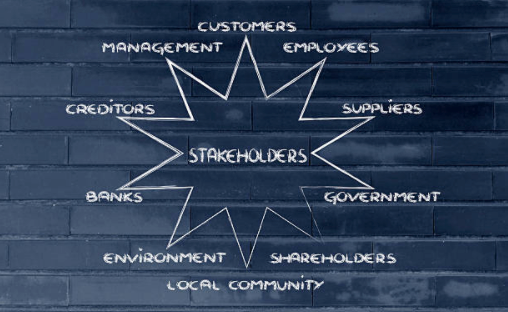Introduction
"If you do not know the course to follow, no wind will be favourable to you' said Seneca, the famous Roman philosopher (5 BC and 65 AD). Why start with Seneca? With these words, he was certainly not talking about business, let alone the business plan. But this simple sentence captures the essence of the business plan. Let us see why.
Definition of Business Plan
The Business Plan is the executive project which supports the management of an entrepreneurial initiative and is aimed at:
- make people think on the steps necessary to implement the business initiative;
- communicate stakeholders the value of the initiative;
- measure in advance the effects of these choices and the expected outcome of the initiative.
Developing a business plan is a complex, difficult and time-consuming activity. Moreover, since a truly useful business plan must be a document dynamic which is updated with every slightest change in the market and every new business decision made, is liable to become obsolete quickly. For these reasons, the business plan is sometimes greeted with scepticism.
In fact, following this investment of resources, the benefits of writing a business plan are now well established. Those who use this tool recognise its usefulness, in particular, in the fact that it 'forces' the development of a disciplined thinking.
The business plan therefore represents a strategy guide and objective that will increase the likelihood of successfully implementing the business initiative.
Who reads a Business Plan
The business plan can be read by all possible stakeholderi.e. the stakeholders, of the business initiative, which can be divided into two broad categories: external and internal.
Outsiders, i.e. those who reside beyond the borders of the organisation, include:
- professional lenders and investors (banks, business angels, venture capitalists) if the objective is the search for debt or venture capital;
- public institutions such as agencies, regions, or, any international governmental unit interested in supporting the initiative;
- possible partners if they intend to develop joint research projects, establish agreements for the development of new products or enter into joint commercial strategies.
But BP is also a useful tool for stakeholders within the organisation, because its implementation helps the business team to
- bringing together different visions and confront on multiple aspects of business activity;
- Define common objectives and one shared operational route;
- bring out data and aspects before strangers or neglected;
- confront the reality rendered in numbers;
- ask questions about the future.

Business Plan Structure
In a business plan one expects to find some standard sections that can be inserted in any desired order, but it is important that they are all present and exploded in a timely manner.
In theexecutive summary focus on all the salient elements (key facts and figures) of the proposed business plan in order to convince about the value of the business initiative.
The introduction aims to defining the scene and describe the problems currently existing for a given market and the needo intended to be satisfied. This phase is particularly critical since the demonstration of an in-depth knowledge of the need to be satisfied is the basis for an effective formulation of the value proposition and the realisation of a targeted product/service for a specific type of user.
The sector analysis provides an effective understanding of the competitive dynamics of the sector and assesses the margins for effective distinctiveness of the proposed initiative.
The purpose of the market analysis is to identify the size of the target market and estimate the potential marketor that market share you aim to achieve. One can adopt methods top-down (starting from the extended market configuration I arrive at my target) or bottom-up (starting with individual consumption assumptions and then arriving at the overall value consumption of the attainable target).
Presenting the product/service to explain operationally how it works and how it is protected in terms of intellectual property (patents, trademarks, etc.).
Identify your business model that explains how the company intends to creating value for the customer, consequently generating profit for the company.
Present the operational plan, mapping out the implementation processes.
In every entrepreneurial initiative, people are the critical factor par excellence. It is therefore crucial to present the team members and their respective functions in order to bring out the fit between the skills and experience possessed by the entrepreneurial team and those required by the nature of the venture itself. Arthur Rock, the first venture capitalist, said "I invest in people, not in ideas"(I invest in people, not ideas).
Finally, a section dedicated to financials which provide monetary information related to the value generated by the initiative over a 3-5 year time horizon and which allow the quantification of the financial requirements to be requested from potential investors. One of the most widely used methods is the Net Present Value which defines the present value of a series of expected cash flows which, in addition to being added together, are discounted on the basis of the rate of return on the monetary investment (referred to as the opportunity cost of capital).
Conclusion
"A journey of a thousand miles begins with a single step"(Lao-tzu, Chinese philosopher) and this first step is the definition of the business plan, which in turn allows the individual steps to be defined to achieve the goal.






